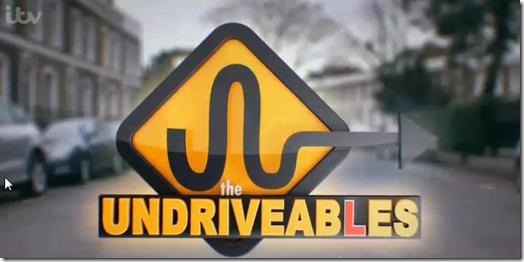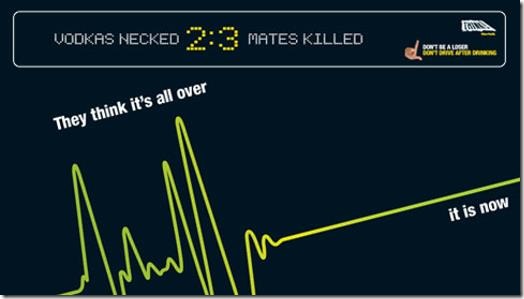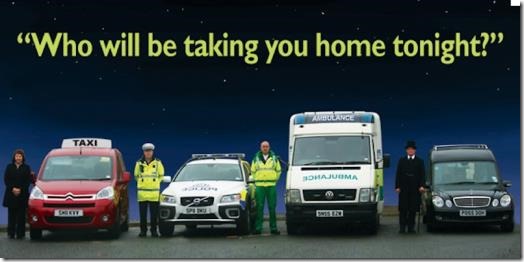Note: I stopped using this after iZettle let me down EXTREMELY badly, almost destroyed my business overnight (and that is no exaggeration at all), and just said “too bad” (that’s not, either). They subsequently apologised and admitted they were wrong, but it was too late. I now use the PayPal card reader option. As of October 2018, I notice this article is popular again, and this may have something to do with an article in Intelligent Instructor, where they only mention iZettle by name when talking about taking card payments. Trust me: iZettle is not the way to go. Go with PayPal – at least until PayPal (which now owns iZettle) assimilates it fully and replaces it’s internal staff with one that works.
I should also now add that I have stopped using PayPal (as of 2023), because instead of assimilating the iZettle reader, the iZettle reader actually assimilated the PayPal one! PayPal effectively turned off all PayPal Here readers overnight in early April. And I refuse to ever deal with iZettle again.
Note: This article was originally written in September 2013 (sub-note: it’s now nearly 5 years as of October 2018). I’ve updated it after using the device for nearly six months now, and following interest from other people. This review is based on my experience at the time, and doesn’t included the extremely damaging experience which caused me to turn to PayPal.
The iZettle website is here – you can sign up instantly and order your reader from there. Believe me when I say that card payments are the way to go for driving instructors. Many are still stuck in the 19th Century – so bypass the 20th Century altogether and move straight to the 21st! If you can’t take card payments then you’re missing a trick, and it’s amazing that people who were umming and ahing about being able to take card payments last year are still at it! Just get one of the damned things and get on with your proper job!
 My iZettle finally arrived, and it’s a nice solid piece of kit. It sits easily in the palm of your hand, as the picture here shows, and yet it weighs in at about 120g and doesn’t feel like it is going to blow away in a draught or anything.
My iZettle finally arrived, and it’s a nice solid piece of kit. It sits easily in the palm of your hand, as the picture here shows, and yet it weighs in at about 120g and doesn’t feel like it is going to blow away in a draught or anything.
Cards with a chip (requiring a pin) go into a slot at the bottom, and there is a swipe slot at the top for non-chipped cards (which are becoming a rarity in the UK).
I set up my account with iZettle at the time I ordered the reader, so it was verified and ready to go when I opened the box. Likewise, I had downloaded the iZettle app for my smartphone and all that remained was to link the two together.
Pairing them is done by enabling Bluetooth on your phone (mine’s always on anyway), and holding the green tick button on the reader for a few seconds. You’re then prompted to enter the last three digits of the reader’s serial number, and that’s it. It connects immediately and announces that you’re ready to insert or swipe a card.
I used it for the first time a few hours later, taking a payment of £180 for a block booking from a pupil. Basically, the pupil put their card in the machine, I keyed in the amount on my smartphone and clicked “charge”, the pupil then entered her PIN, and within 15 seconds the transaction was complete. There was the opportunity to email her a receipt, but she didn’t want that. Absolutely painless, and no visit to the bank required. I love it!
Having used the iZettle for several days now (as of September 2013) I can truly say it is a godsend – ordinarily I’d have made at least one and possibly two trips to the bank for the combined amount of money I’ve taken over several days (or I’d walk around with cash and cheques in my pocket until I got time to go in). If I was going to pick a fault, it would be that I now haven’t got any cash in my pocket!
As of the end of April 2014, I’ve taken payments exceeding £10,000 since September last year. Obviously, this is turnover I’m talking about – not profit – but it has prevented me having to go to the bank much at all, and certainly I’ve not taken a single cheque since I got the iZettle (if people can write cheques, they will almost certainly have a debit card, and if they don’t then you won’t want to be taking cheques from them in the first place).
EVERYONE who once wrote cheques (and some who used to pay in cash) is now using this to pay me. Money goes straight into my account a couple of days after the pupils pay, like clockwork. Some pupils still prefer to pay in cash, of course – some even alternate between card and cash depending on the state of their bank balances – but it has worked out brilliantly. And being on 4G now has made reliability of the phone signal that much greater, at least in my area.
I can use Paypal to take payments, so why do I need this?
Look, no one is saying you can’t use Paypal. Sometimes, that is a perfectly sensible method. The problem is that you can’t easily get people to do it in the car – and if you do, it is long-winded and time-consuming. It isn’t possible if you can’t get a reliable internet connection. Even getting people to do it from home often involves chasing them up because they “forgot”.
There are a lot of things in life you don’t actually need to survive – you can use an abacus to work out your accounts, but a calculator or a computer is far better; you can stick with your old 26″ glass tube TV and still watch movies, but a 40″+ flat screen TV is better; you can make do with just the terrestrial channels, but if you have cable or satellite you get a lot more choice. 21st Century people will always choose the latter option in all these examples.
It’s the same with this. By all means, carry on taking cash and cheques, and making time-consuming trips to the bank. Try and coerce people into transferring money to you via Paypal or direct bank transfer. But the 21st Century ADI will be wanting to make life a lot simpler for himself and his clients by being able to take direct payments in the car.
For the record, over the last month (April) about 70% of my pupils have paid by card, 29% in cash, and 1% by direct bank transfer (because his new debit card PIN hadn’t arrived from the bank).
How much does it all cost?
You buy the card reader outright. It costs £59.00 at the time of writing. Then, there is a 2.75% charge levied on each transaction, so if you sell something for £1.00, you pay 2.75p. If you sell something for £100 you pay £2.75. And so on. The transaction fee is on a sliding scale, and if you take more than £2,000 I any month then the rate goes down – to as low as 1.5% if you take £15,000 or more. iZettle calls it the Smart Rate, and any savings are credited back to you periodically.
Every time you make a transaction, iZettle deducts the percentage fee and then credits the balance to your bank account. It takes about 24 hours for iZettle to process it, then about 1-2 days for it to appear in your account. However, on weekends, iZettle credits it on the Monday. Yes, it would be nice if there was no transaction fee, and the money went into your account immediately, but in the business world things usually don’t work like that.
What does it look like when you use it?
Well, you can see the reader, above. There is an app that you install on your phone, and through it – and your online account area, which you can also access via a PC – you can set up a product catalogue, or take ad hoc payments by just typing in the amount on your phone, and then letting the customer type their PIN into the reader. The system logs the location where payment was taken, and you can send a receipt via email (though you can get receipt printers if your business is in a fixed location). The system keeps a full log so you can monitor your sales, and you can download the data in spreadsheet-friendly formats. You can also issue refunds through the app. It’s all very easy to use.
How long does it take for payments to clear?
Assuming you’re using chip & pin (in the UK, there’s no reason not to be) if you take a payment on a Monday, iZettle pays it to your nominated bank on Tuesday, and it appears in your account within three working days. Mine usually takes one or two working days. If you take a payment on a Friday or over the weekend, iZettle pays it to your account on Monday. If Monday is a bank holiday then the payment may delay until Tuesday.
If these small delays are a problem for you then you perhaps ought to stick with cash.
Do you need an internet connection to use it?
Yes. If you can’t get a mobile phone signal it won’t take payments. Quite honestly, though, that’s not an issue unless you live in an area where you are effectively cut off. I’ve found that even when the signal drops, moving a few metres can often restore it.
How do you get logs?
Or, how to extract data for your accounts. You log into your iZettle account and go to Sales. There, you can either select individual days, or months, and view the receipts for that period. Then you point at Export in the top left and download either a PDF file or an XLS worksheet with the data inside.
Alternatively, you can go into Transactions, choose your time period, then export the data in a single file.
Does iZettle make payments on Bank Holidays?
iZettle is not a UK company. When I used it, apart from the several days delay being paid in the first place, they didn’t pay at weekends or Bank/public Holidays in THEIR country (Sweden). I should point out that PayPal pays same day on ANY day – even on Christmas Day, if your bank allows it – and payment occurs almost instantly. PayPal says to allow “up to two hours”, but mine goes in usually before I can log out of PayPal and into my account.





 My iZettle finally arrived, and it’s a nice solid piece of kit. It sits easily in the palm of your hand, as the picture here shows, and yet it weighs in at about 120g and doesn’t feel like it is going to blow away in a draught or anything.
My iZettle finally arrived, and it’s a nice solid piece of kit. It sits easily in the palm of your hand, as the picture here shows, and yet it weighs in at about 120g and doesn’t feel like it is going to blow away in a draught or anything.